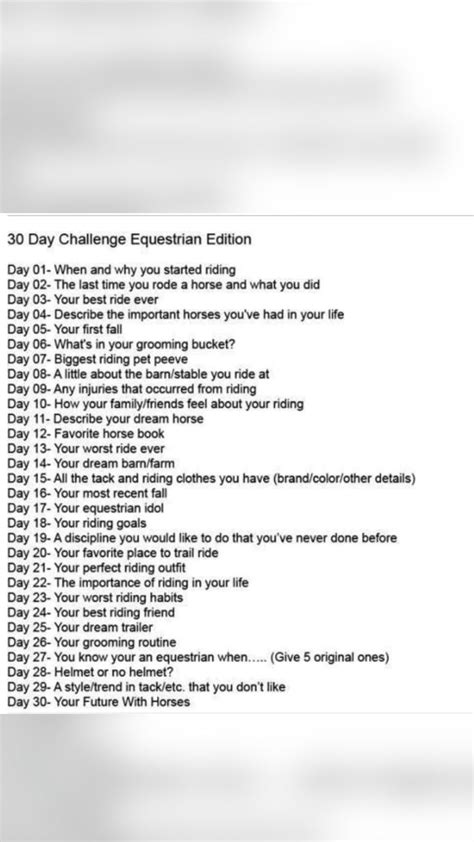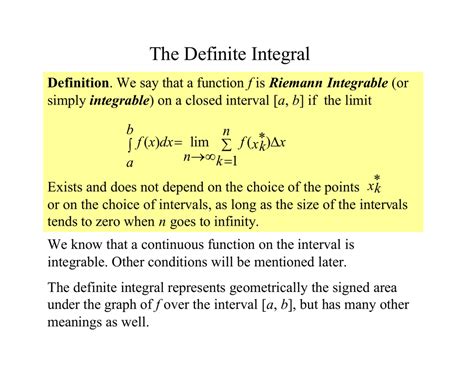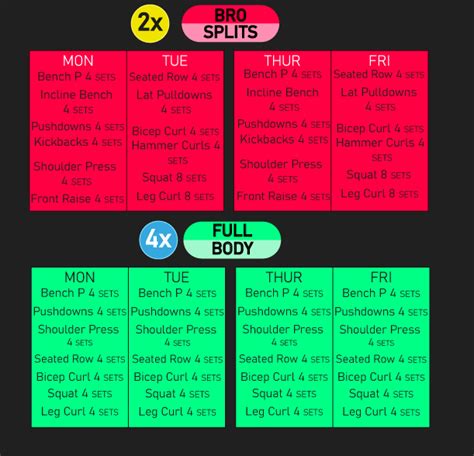Peak performance: What’s the optimal training frequency for rapid muscle gains & recovery?

For anyone serious about building muscle and enhancing their physique, the question of “how often should I train?” looms large. While dedication and effort are non-negotiable, the optimal training frequency for rapid muscle gains and efficient recovery is a nuanced topic, steeped in scientific research and individual variability. Striking the right balance is crucial; too little stimulus and growth stagnates, too much and overtraining can derail progress and increase injury risk.
Unlocking Hypertrophy: The Science of Training Frequency
At the heart of muscle growth, or hypertrophy, lies muscle protein synthesis (MPS). When you lift weights, you create micro-tears in muscle fibers, triggering a repair process that, with adequate nutrition and rest, rebuilds them stronger and larger. Research indicates that resistance training elevates MPS for approximately 24-48 hours post-workout, though this duration can vary based on training intensity, volume, and an individual’s training status.

This prolonged elevation of MPS suggests that stimulating a muscle group more frequently, rather than just once a week, could potentially lead to greater cumulative muscle growth over time. If MPS returns to baseline after two days, waiting a full week before training that muscle group again means several days are lost where active muscle building could have been occurring.
Understanding Muscle Protein Synthesis and Recovery
While maximizing MPS is key, effective recovery is equally vital. Recovery isn’t just about muscle repair; it also involves replenishing glycogen stores, repairing connective tissues, and allowing the central nervous system (CNS) to recuperate. Overlooking these aspects can lead to accumulated fatigue, reduced performance, and a higher risk of injury, negating any benefits of increased frequency.
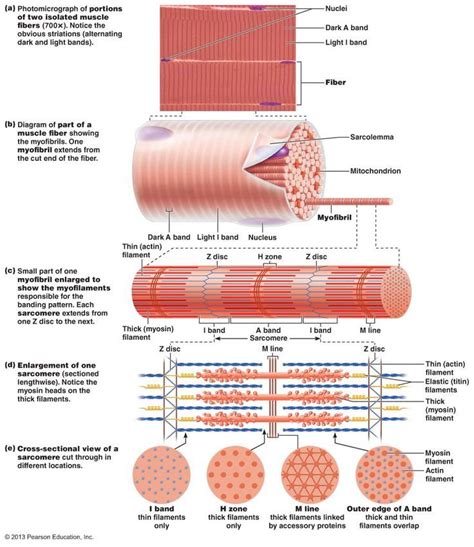
The intensity and volume of your workouts play a significant role here. A high-volume, high-intensity session will naturally require more recovery time than a lighter, lower-volume session, even for the same muscle group. Therefore, increasing training frequency often necessitates adjusting the intensity and volume of individual workouts.
Factors Influencing Optimal Frequency
There isn’t a one-size-fits-all answer to optimal training frequency. Several factors dictate what works best for an individual:
- Training Experience: Beginners can make significant gains with lower frequencies (e.g., 2-3 full-body workouts per week) due to their higher sensitivity to training stimuli. More advanced lifters, who require greater stimulus to grow, often benefit from higher frequencies, hitting muscle groups 2-4 times per week.
- Workout Split: Full-body workouts inherently provide higher frequency for all muscle groups. Body-part splits (e.g., chest day, leg day) typically mean lower frequency per muscle group, unless structured carefully.
- Volume and Intensity: As mentioned, higher individual session volume/intensity may demand longer rest periods between sessions for the same muscle group. Spreading volume across more frequent, lower-volume sessions can be an effective strategy.
- Individual Recovery Capacity: Sleep quality, nutrition (especially protein and caloric intake), stress levels, and genetics all influence how quickly an individual recovers. Those with excellent recovery habits can generally tolerate higher frequencies.
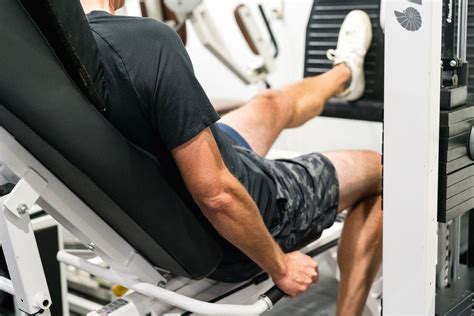
Evidence-Based Recommendations for Muscle Gains
Current scientific consensus leans towards training muscle groups with a higher frequency (2-3 times per week) being superior for hypertrophy compared to once a week, particularly when total weekly volume is equated. This approach allows for more frequent bouts of MPS elevation and provides more opportunities for technical practice of exercises.
For most individuals aiming for muscle growth, a training split that allows each major muscle group to be trained 2-3 times per week is often ideal. This could manifest as 3 full-body workouts per week, an upper/lower split performed twice a week (totaling 4 days), or a push/pull/legs (PPL) split where each group is trained twice every 7-8 days.

The key, regardless of frequency, remains progressive overload – continually challenging your muscles by increasing weight, reps, sets, or decreasing rest times over time. Without progressive overload, even the most optimal frequency will yield diminishing returns.
Implementing an Effective Training Schedule
When designing your training schedule, consider these practical tips:
- Start Conservatively: If transitioning from a lower frequency, gradually increase to allow your body to adapt.
- Prioritize Recovery: Ensure adequate sleep (7-9 hours), consume sufficient protein (1.6-2.2g per kg body weight), and manage stress.
- Listen to Your Body: Pay attention to persistent fatigue, joint pain, or significant drops in performance. These are signs you might be overdoing it or not recovering sufficiently.
- Periodize: Incorporate deload weeks or periods of reduced intensity/volume to allow for complete recovery and supercompensation.
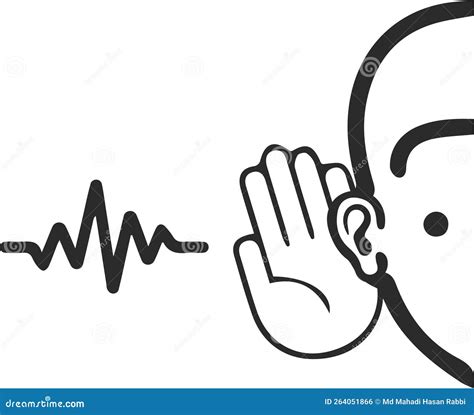
Conclusion: Finding Your Personal Peak
While the general recommendation for optimal muscle gain and recovery points towards training each muscle group 2-3 times per week, the “optimal” frequency is ultimately highly individualized. It’s a dynamic interplay between your training experience, the specific program’s volume and intensity, and your personal recovery capacity. Experiment with different frequencies and splits, meticulously track your progress, and most importantly, pay close attention to your body’s signals. By doing so, you can fine-tune your training to achieve peak performance, accelerate muscle gains, and ensure sustainable, injury-free progress towards your fitness goals.



